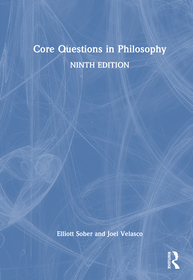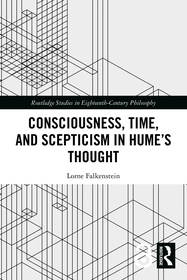
Python for Islamic Astronomy
Modern Computational Approaches to Hijri Calendar, Qibla, and Prayer Times
- Publisher's listprice GBP 52.99
-
25 315 Ft (24 110 Ft + 5% VAT)
The price is estimated because at the time of ordering we do not know what conversion rates will apply to HUF / product currency when the book arrives. In case HUF is weaker, the price increases slightly, in case HUF is stronger, the price goes lower slightly.
- Discount 10% (cc. 2 532 Ft off)
- Discounted price 22 784 Ft (21 699 Ft + 5% VAT)
Subcribe now and take benefit of a favourable price.
Subscribe
25 315 Ft

Availability
Not yet published.
Why don't you give exact delivery time?
Delivery time is estimated on our previous experiences. We give estimations only, because we order from outside Hungary, and the delivery time mainly depends on how quickly the publisher supplies the book. Faster or slower deliveries both happen, but we do our best to supply as quickly as possible.
Product details:
- Edition number 1
- Publisher CRC Press
- Date of Publication 4 November 2025
- ISBN 9781041082613
- Binding Hardback
- No. of pages208 pages
- Size 216x138 mm
- Language English
- Illustrations 21 Illustrations, black & white; 6 Halftones, black & white; 15 Line drawings, black & white 700
Categories
Short description:
Python for Islamic Astronomy responds to the urgent need to improve calculation accuracy and data visualizations in the field of Islamic Astronomy. This field is becoming increasingly complex, leading to mistakes in determining the beginning of the Hijri month, Qibla directions and prayer times.
MoreLong description:
Python for Islamic Astronomy: Modern Computational Approaches to Hijri Calendar, Qibla, and Prayer Times responds to the urgent need to improve calculation accuracy and data visualizations in the field of Islamic Astronomy. This field is becoming increasingly complex, leading to mistakes in determining the beginning of the Hijri month, Qibla directions, and prayer times. This book offers a more precise approach by showing how the Python environment can be tailored for astronomical computations and how the mathematical principles behind Qiblah determination can be implemented through elegant Python algorithms. The guide provides detailed methodologies for calculating prayer times with astronomical precision, allowing for accurate scheduling regardless of global location. The book also delves into the science of moonsighting, helping readers learn to compute and analyze observation data critical for Islamic calendar determinations. Advanced visualization chapters bring these calculations to life through practical applications: develop your own Qiblah compass, create visual representations of the sun’s position during prayer times, and generate detailed lunar crescent visibility charts to aid in moon-sighting efforts. Perfect for programmers interested in Islamic Astronomy, religious scholars embracing technology, or anyone seeking to understand the mathematical foundations behind these traditional practices, this guide bridges ancient wisdom with modern computational techniques, making complex astronomical calculations accessible through the power of Python.
Key Features:
- The first book to provide practical guidance for using Python, supplemented by an interactive coding website, to solve real-world problems in the field of Islamic Astronomy.
- Uses the latest and most-trusted methods in Islamic Astronomy, ensuring all calculations are accurate and based on well-recognized references.
- Includes visualizations that help readers understand key topics like Qibla direction, prayer time zones, and lunar crescent visibility, making the content practical and user-friendly.
Table of Contents:
CHAPTER 1 APPLICATION OF ISLAMIC ASTRONOMY FOR MUSLIM
CHAPTER 2 WHY PYTHON MATTERS IN ISLAMIC ASTRONOMY
CHAPTER 3 IMPORTANCE OF ACCURACY OF CALCULATION
CHAPTER 4 SETTING UP PYTHON FOR ASTRONOMICAL CALCULATIONS
CHAPTER 5 QIBLAH CALCULATION USING PYTHON
CHAPTER 6 ISTIWA’ A’ZAM AND RASHDUL QIBLA
CHAPTER 7 PRAYER TIMES CALCULATION
CHAPTER 8 MOONSIGHTING OBSERVATION DATA COMPUTATION
CHAPTER 9 QIBLAH COMPASS VISUALIZATION
CHAPTER 10 SUN POSITION DURING PRAYER TIMES VISUALIZATION
CHAPTER 11 LUNAR CRESCENT OBSERVATION DATA VISUALISATION
CHAPTER 12 CONCLUSION
More









